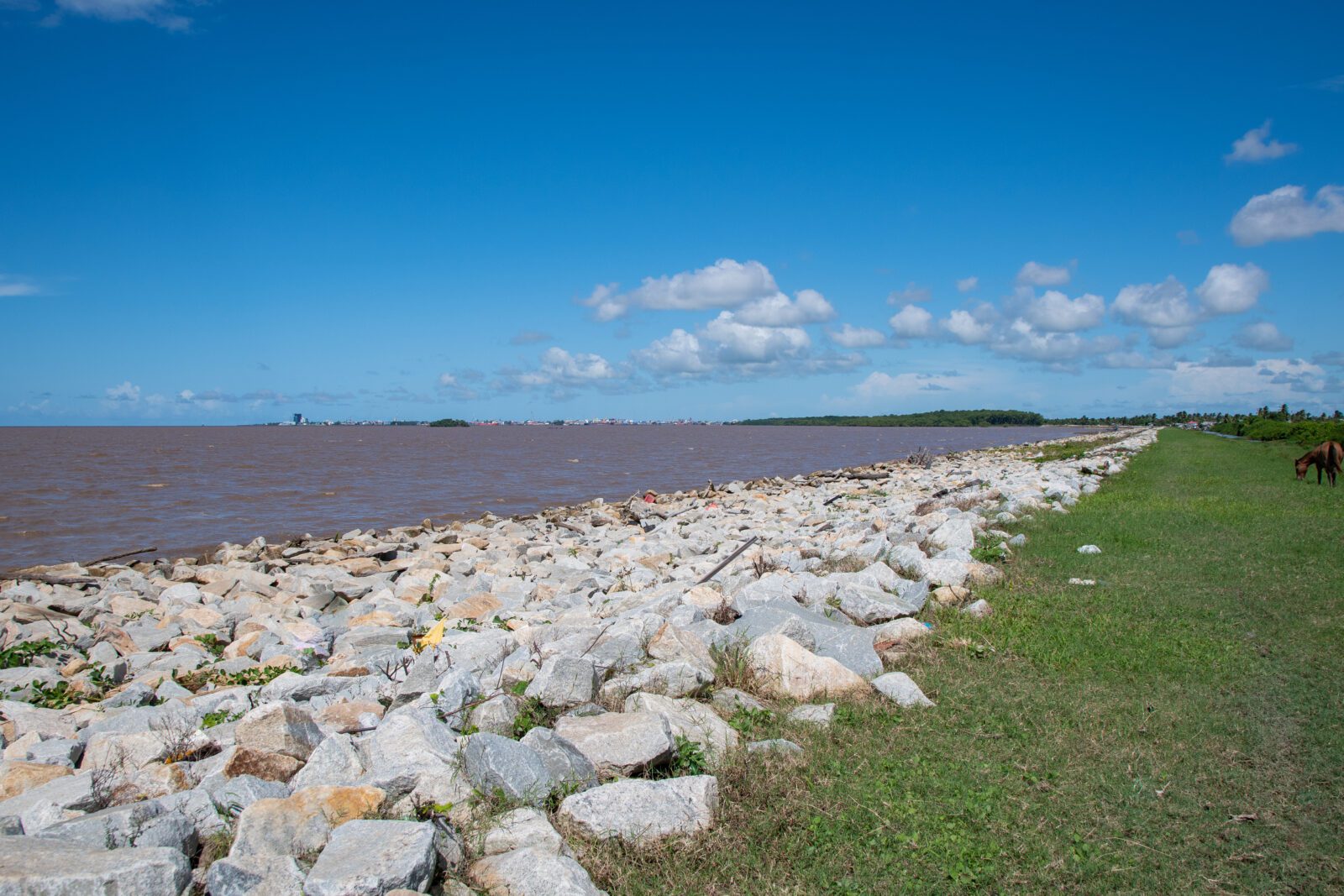When Guyana first earned money for the conservation of its forests, it was determined to make sure the proceeds promote the same climate consciousness that sprouted the Guyana-Norway Partnership. So, it used the resources to compile a Climate Resilience Strategy and Action Plan (CRSAP).
The document was necessary given the adverse and potentially catastrophic impacts of climate change Guyana had been experiencing, including marked increases in temperatures, rising sea levels, and more intense rainfall. Global temperatures are projected to increase even further, bringing more intense rains and erratic weather, which spell danger, especially for Guyana’s vulnerable low coastal plain.
The CRSAP document sets out a comprehensive and overarching framework for adapting and building resilience to climate change impacts. It includes a roadmap for several years into the future, project concept notes for climate resilience programmes, and a summary of the most significant climate risks and required resilience actions across a list of sectors. It also includes a set of capacity building actions Guyana can undertake to help it build climate resilience, and a strategy to finance the CRSAP.
There are four climate resilience programmes outlined.
- Building Climate-Resilient Agricultural Systems
- Guyana’s Sea Defence Enhancement and Maintenance
- Public Health Adaptation to Climate Change
- Strengthening Drainage and Irrigation Systems
Some of the proposals from the 2015 document have been implemented already. Now that the People’s Progressive Party Civic (PPP/C) administration is back in power, it has committed – through the new Low Carbon Development Strategy (LCDS) 2030 – to resume implementation.
According to the LCDS document, the most important elements of the CRSAP will be brought up to date. Funding will be allocated to the four priority climate resilience programmes, and a strategy will be outlined to finance the remainder from ecosystem services payments and other sources. Now that revenues are flowing into the Natural Resource Fund from oil production, Guyana has a new revenue stream from which to fund its climate resilience endeavours.
LCDS 2030 is currently in its consultation phase. It is expected to be finalised in a few weeks, and then tabled in the National Assembly for legislative ratification.



